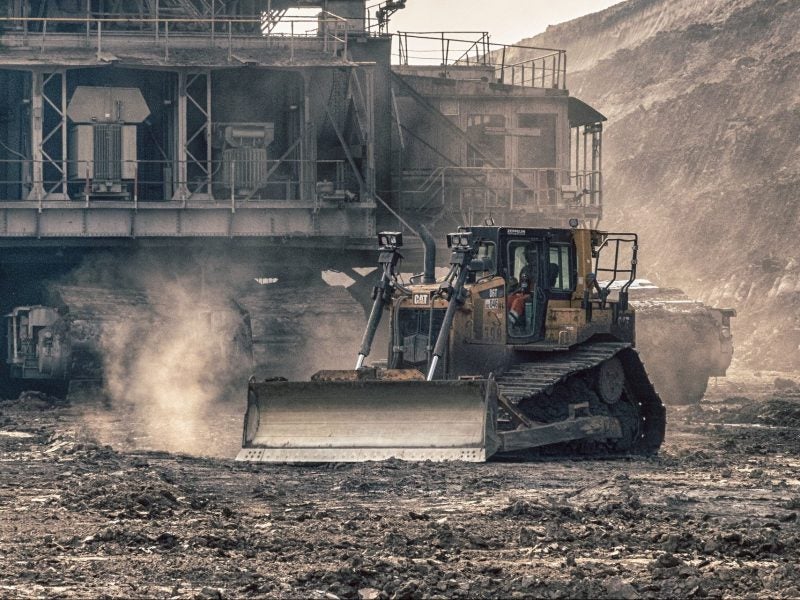
The Covid-19 pandemic has spread around the world, affecting people at an unprecedented rate and sending many businesses and communities into taking desperate quarantine measures to protect themselves and those around them; and mining has not been spared from the outbreak.
Miners across the world, both local operators and international giants, have taken steps as drastic as closing down mines or quarantining whole parts of their operations, in order to protect employees and prevent the spread of the virus. Yet in a sector that is highly reliant on effective and predictable operations within its supply chain, any deviation from traditional working practices can trigger intense uncertainty, and threaten both production and profits. With this in mind, the pandemic has already affected mining operations and the trading relationships building upon them, and has left the future of the industry shrouded in doubt.
Workers at risk
The tight working conditions of mining facilities means workers are at the greatest immediate risk, and mining operations around the world have been placed into shutdown. The Democratic Republic of the Congo (DRC), imposed a two-day lockdown in late March in the Haut-Katanga province, following the news that two people tested positive for Covid-19 in the provincial capital of Lumbabashi, while China Molybdenum’s Tenke Fungurume Mining placed its mine in the Lualaba province under quarantine.
Similarly, the Atla Zinc has shut down its Gorno mine in Italy, shutting off access to up to 3.3. million tonnes of reserves as the pandemic hits Italy particularly hard.
Production hits and financial losses
The Gorno mine closure is not the only operation to impede production, as mines around the world have been thrown into uncertainty; 21-day nationwide lockdown in South Africa has unsettled the platinum group metals industry, with the country responsible for 75% of the world’s platinum production.
There are also fears that the Covid-19 pandemic could trigger a global recession, a turn of events that has historically hindered the mining industry. During the 2008 crash, gold prices immediately rose from $989 per ounce in December 2007 to $1,172 per ounce the following March as demand outpaced supply, but by October the price had collapsed to $872. With gold prices boosted in the short-term by the pandemic –gold prices per ounce increased from $1,489 to $1,570 over the course of a day – there could be a similar long-term decline following this outbreak.
Operational disruption
The outbreak could also have adverse effects on the ways in which miners operate and interact. Rio Tinto has placed restrictions on fly-in fly-out workers and closed social spaces at its Australian facilities, such as bars and gyms, which it hopes will help stop the spread of the virus, but still create disruptions to what was once a conventional manner of working.
Similarly, Glencore has repatriated 26 workers from its Kamoto Copper Company operations in the DRC; combined with the Rio Tinto fly-in fly-out ban, this outbreak could see an end to, or a significant disruption of, the practice of bringing in workers from afar to operate mines.
Long-term challenges
Relations between miners and mine owners could be one of the most strained in the long-term. Mining unions across the world are already struggling to ensure their members are treated fairly and safely at work, and those mines that remain open during the pandemic will be doing little to reassure unions that their operators have their workers’ safety at the forefront of their thoughts.
In Zimbabwe, unions have complained against working conditions at the Zimbabwe Consolidated Diamond Company, where mines remain open and some employees are required to sleep seven to a room, with the company unable to implement safe social distancing. Furthermore, US unions, such as the United Mineworkers of America, are caught between defending mining as an “essential” activity, to protect the economic security of their members, and campaigning for mines to be closed to protect members’ health. The longer the pandemic goes on, the more strained all of these relations could become.
Immediate responses
In light of these challenges, some of the industry’s biggest companies have taken proactive action, with BHP leading the way. The miner has announced two projects to aid in relief efforts: an $8m fund, operated in conjunction with the Medical Faculty of Chile’s Universidad Católica, to provide 150,000 testing kits and a number of other infrastructure piece in the country; and a $30m “vital resources” fund to provide support to Australian communities hit hard by the outbreak.
Meanwhile, Rio Tinto has touted the fact that its Shanghai employees have returned to their offices as of the end of March as an example of an effective Covid-19 management strategy, and helps demonstrate that rapid, effective change can be delivered in the sector.



